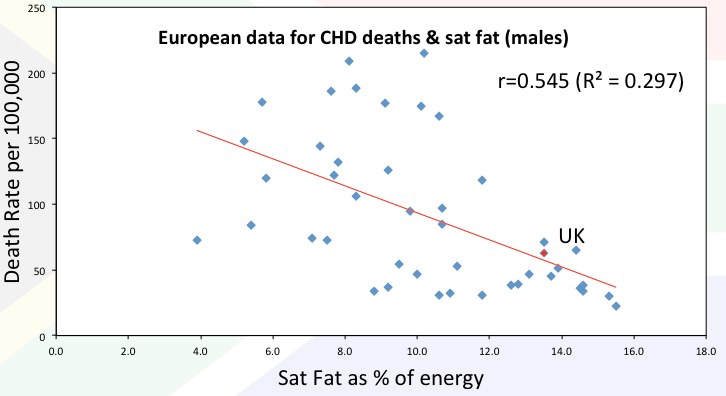Nelson Vergel
Founder, ExcelMale.com


Long-Term Effects of 4 Popular Diets on Weight Loss and Cardiovascular Risk Factors
A Systematic Review of Randomized Controlled Trials
Renée Atallah et al
Published online before print November 11, 2014,doi: 10.1161/CIRCOUTCOMES.113.000723
Abstract
Background—We conducted a systematic review to examine the efficacy of the Atkins, South Beach, Weight Watchers (WW), and Zone diets, with a particular focus on sustained weight loss at ≥12 months.
Methods and Results—We systematically searched MEDLINE, EMBASE, and the Cochrane Library of Clinical Trials to identify randomized controlled trials (RCTs) published in English with follow-up ≥4 weeks that examined the effects of these 4 popular diets on weight loss and cardiovascular risk factors. We identified 12 RCTs (n=2559) with follow-up ≥12 months: 10 versus usual care (5 Atkins, 4 WW, and 1 South Beach) and 2 head-to-head (1 of Atkins, WW, and Zone, and 1 of Atkins, Zone, and control). At 12 months, the 10 RCTs comparing popular diets to usual care revealed that only WW was consistently more efficacious at reducing weight (range of mean changes: −3.5 to −6.0 kg versus −0.8 to −5.4 kg; P<0.05 for 3/4 RCTs). However, the 2 head-to-head RCTs suggest that Atkins (range: −2.1 to −4.7 kg), WW (−3.0 kg), Zone (−1.6 to −3.2 kg), and control (−2.2 kg) all achieved modest long-term weight loss. Twenty-four-month data suggest that weight lost with Atkins or WW is partially regained over time.
Conclusions—Head-to-head RCTs, providing the most robust evidence available, demonstrated that Atkins, WW, and Zone achieved modest and similar long-term weight loss. Despite millions of dollars spent on popular commercial diets, data are conflicting and insufficient to identify one popular diet as being more beneficial than the others.
















